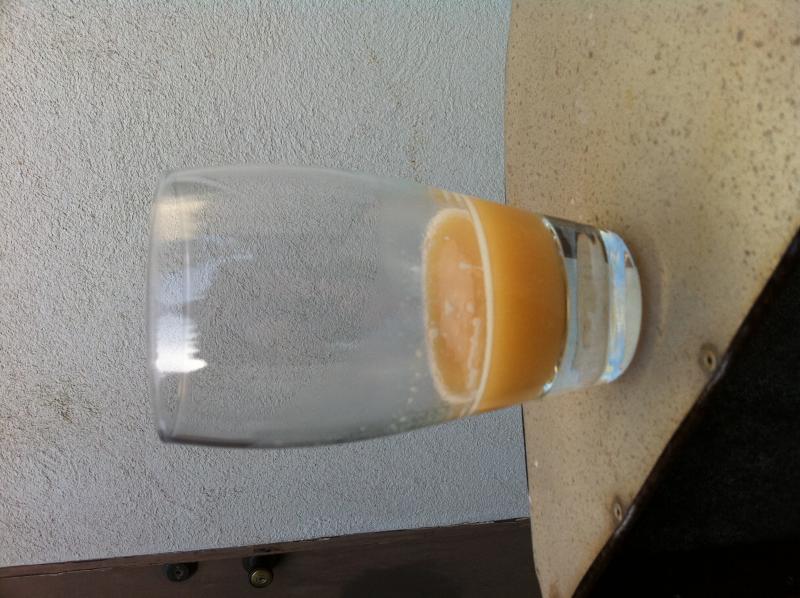beerme72
Active Member
OK so my second batch ever got done and after a 3 week of Bottle Conditioning I sat down to have a brew. It was a Cream Ale and it seemed to be OK but when I cracked the first one and poured it I got this...


The first Pic is most of the beer that came out, but the second pic is what was at the bottom of the bottle. Looks like trub, but I can not understand what happened and how I got that much at the bottom of the bottle. The beer tastes good and so far everyone likes it, but almost all the bottles have this problem (although this is the most extreme case)
Any ideas as to what might have happened?
Thanks
The first Pic is most of the beer that came out, but the second pic is what was at the bottom of the bottle. Looks like trub, but I can not understand what happened and how I got that much at the bottom of the bottle. The beer tastes good and so far everyone likes it, but almost all the bottles have this problem (although this is the most extreme case)
Any ideas as to what might have happened?
Thanks






